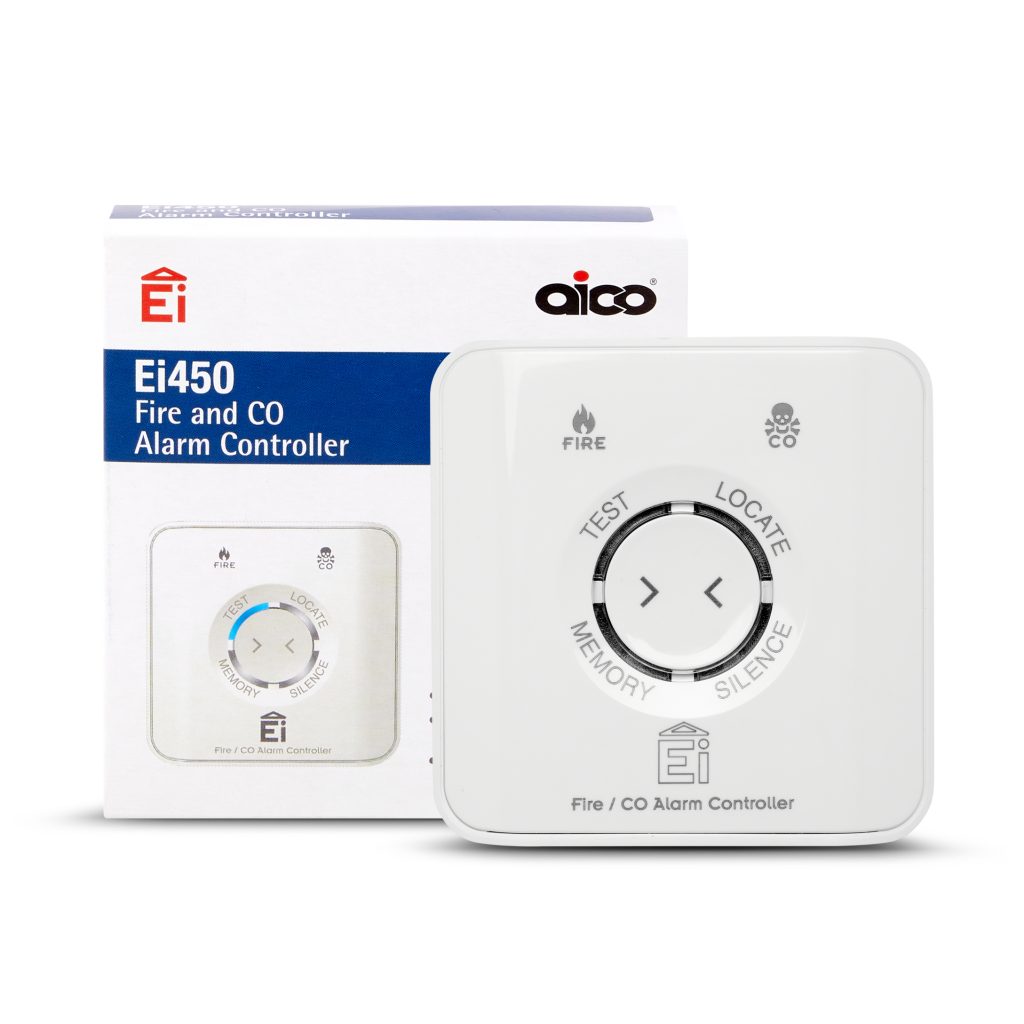- Nov 30, 2021
- 3,333
- 1
- 2,923
- 3,247,381
- If you're a qualified, trainee, or retired electrician - Which country is it that your work will be / is / was aimed at?
- United Kingdom
- What type of forum member are you?
- Practising Electrician (Qualified - Domestic or Commercial etc)
- Business Name
- Mainline services
Not 100% selectivity no, but better than with SP.
Also DP or SPSN RCBOs would allow the upstream RCD to be reset after it trips on a N-E fault whereas with SP RCBOs you could be stuck with the whole installation being off.
Nobody is arguing that DP isn't a better option.
You could also have the whole installation off using DP rcbos, dependent on where the N to E fault was, I've seen N to E faults cause random rcbos to trip.
Also, regardless of whether Dp, Sp TT or Tn is used the fault will still remain.
Are DP rcbos a requirement ? NO
Are DP rcbos needed ? NO
Last edited:




 .).Remember....main bonding is a requirement....except when it isnt.
.).Remember....main bonding is a requirement....except when it isnt.





